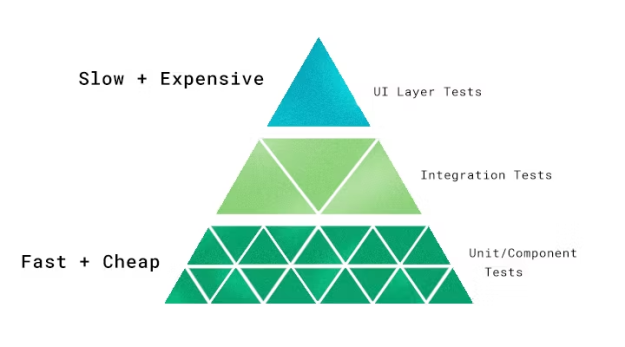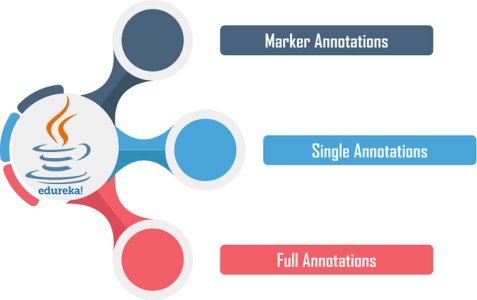A Path to Enhanced Development
Code reviews are an essential practice in software development, pivotal not only for error detection but also for fostering an environment of continuous learning and collaboration. When executed effectively, they can significantly enhance both individual skills and organizational efficiency.
The Foundation of Effective Code Reviews
An effective review scrutinizes how the proposed changes integrate with the existing codebase, focusing on clarity, correctness, and adherence to established coding practices. Reviewers should critically evaluate the necessity and implementation of the changes, suggesting more granular modifications if the changes are too expansive.

The Art of Communication
The tone in which feedback is delivered can dramatically influence team dynamics. Constructive feedback should be presented through open-ended questions and thoughtful suggestions rather than direct criticism. This approach encourages a collaborative atmosphere and reduces the likelihood of defensive responses. It is essential to recognize the efforts of developers and maintain an empathetic and supportive tone throughout the review process.
Decision Making in Reviews
The decision to approve changes, request modifications, or leave comments unresolved should be clearly communicated. Reviews should be flexible, allowing for follow-up changes when necessary, with reviewers making themselves available for quick re-assessments to accommodate urgent updates.
From Written Reviews to Direct Conversations
When extensive feedback from a review indicates potential misunderstandings, switching from written comments to direct conversations can be beneficial. This transition can help clarify issues more effectively and expedite the review process, especially in cases of complex or contentious changes.

Navigating Challenges in Remote Reviews
Remote and asynchronous reviews present unique challenges, particularly when reviewers are in different time zones. To mitigate these challenges, it’s advantageous to schedule discussions during overlapping working hours or to utilize video calls, enhancing clarity and collaboration.
Cultivating a Supportive Review Culture
Organizations should strive to create a culture that values thorough and empathetic code reviews, recognizing them as crucial to the development process. Continuous improvement in review practices should be encouraged, and engineers should feel empowered to both contribute to and learn from each review session.
By prioritizing effective communication, thoughtful feedback, and continuous improvement, organizations can make code reviews a cornerstone of development excellence, leading to higher quality software and more productive teams.
Integrating Newcomers through Code Reviews
For new team members, adapting to a new codebase and review process can be daunting. A supportive review culture is crucial in easing this transition. Experienced reviewers should use the initial code reviews to not only evaluate the technical aspects but also to mentor and guide newcomers. By explaining alternative approaches, pointing to coding guidelines, and maintaining a positive tone, reviewers can help new engineers integrate effectively while maintaining high standards. This practice ensures that new developers feel welcomed and supported as they navigate their initial contributions to the team.
Based on this blog link: https://stackoverflow.blog/2019/09/30/how-to-make-good-code-reviews-better/
From the blog CS@Worcester – Coding by asejdi and used with permission of the author. All other rights reserved by the author.





















